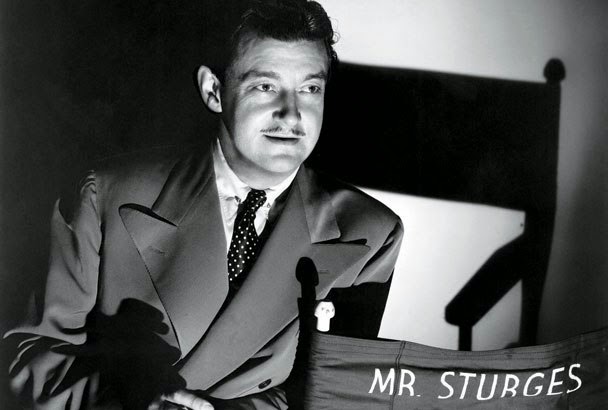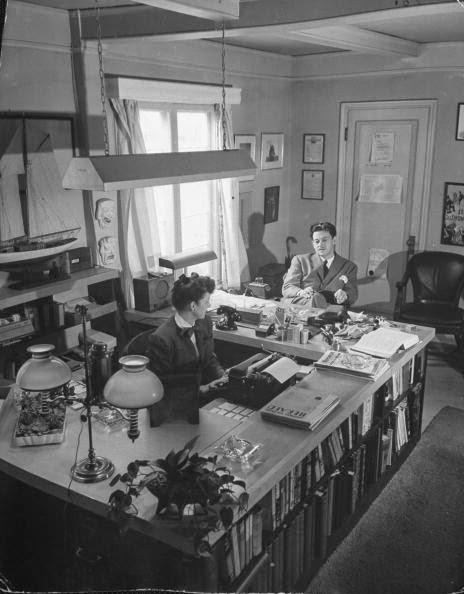Talking Draft Blog
Preston Sturges and The Talking Draft Method

One of Hollywood’s first great auteurs, writing and directing masterpiece films that were manic yet buttery. Naturalistic, but zany. In just four years, 1940-44, Preston Sturges wrote and directed seven classics reflecting the America he loved and laughed at.
His America was a fast-talking, diverse adventure that feels more real than Frank Capra or John Ford — and way funnier; Sturges took the popular screwball comedy format of the 1930s and elevated it with dialogue that was surprisingly realistic, mature, and ahead of its time.
His Oscar-winning screenplay for The Great McGinty (1941) was the first of his three consecutive nominations for writing.
The Talking Draft Method was his secret weapon. Technically, her name was Jeannie La Vell.

Dictating Stories
Jeannie was Preston Sturges’ Hollywood amanuensis, “She understood what Sturges was after and fought him as an equal when she didn’t like some dialogue or slapstick routine he dictated to her,” according to his biographer.
Sturges’ use of a dictation typist began with his Broadway work. Sturges’ second play, the hit Strictly Dishonorable, was written in just six days and ran for 126 months, earning Sturges more than $300,000 — which, adjusted for 2025, equals $5.5 million.
His original screenplay for The Power and the Glory was an acknowledged source of inspiration for Herman Mankiewicz when he dictated Citizen Kane. Famously, Mank also used the Talking Draft Method to generate that classic.
Gary Oldman as Mank – in “Mank” by David Fincher
Sturges’ Productivity
Sturges’ biographer (and actor Eddie Bracken who sat in on many of Sturges’s writing sessions) attest that when Sturges dictated his scripts aloud as he wrote them, he convincingly played all the parts. With so many hits in so few years, at one point Preston Sturges was the third highest paid man in America.
The Talking Draft Method was his secret weapon.
Try ScriptOutliner & Talking Draft FREE
As a sidebar: The title of The Coen Brothers’ movie O Brother, Where Art Thou? is a reference to the 1941 Preston Sturges film Sullivan’s Travels, in which the protagonist is a comedy director in Hollywood who wants to film “O Brother, Where Art Thou?,” a fictitious book about the Great Depression. The Coen Brothers own movie began with them wondering: “what might have that fake book been about?”
I just love that. Ask yourself “what if?” and then get the idea out of your head fast.
It just might be a keeper.
Buy The Book Today
- how to achieve a creative flow state
- overcome common first draft traps
- popular screenplay structures
- common beat sheet examples
- proven techniques for revisions
- the screenwriter’s “notes” decoder
- never fear a blank page again
- the history of the method
- tips for aspiring writers



